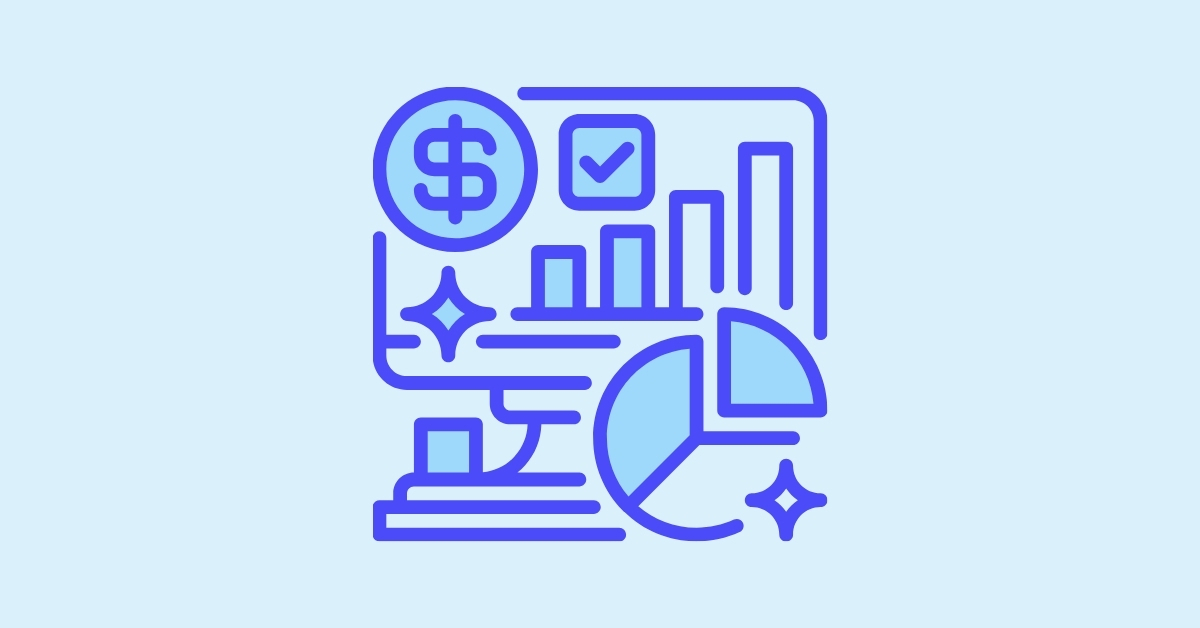In today’s rapidly evolving payment industry, driven by digitization and fierce competition to cater to consumer demands, innovative solutions like digital wallets have emerged. But what sets digital wallets apart from traditional payment methods? This article explores the comparison between digital wallets and conventional ATMs while also delving into the influence of cultural preferences on the choice of payment method.
Digital Wallets: Pros and Cons
A digital wallet, also known as an eWallet, is a software application that enables users to link their bank accounts to online accounts, facilitating payment transactions, fund transfers, and balance checks through computers or smartphones. It offers an alternative to traditional debit or credit cards.
Compared to their traditional counterparts, eWallets are incredibly user-friendly. You simply download the app, create an account, and undergo a quick verification process—all within seconds. Notably, eWallets not only grant access to your debit or credit cards but also allow you to link other cards like loyalty or rewards cards, streamlining the payment process. Their biggest advantage lies in convenience and ease of use. Moreover, eWallets prioritize security; even if you lose your device, your information remains inaccessible without the password or biometrics, as all data is encrypted. Transactions are lightning-fast, enhancing the overall payment experience. Additionally, eWallets often include helpful features like budget planning to track spending behavior.
However, eWallets are not without their drawbacks. They rely on cloud servers, making them susceptible to system outages. Availability also varies by location, and they may not be accepted at certain places. Furthermore, your phone needs to be charged for eWallet use, and the intangibility of “e-money” can lead to impulsive spending.
Cash and ATMs: Pros and Cons
Automated Teller Machines (ATMs) represent a traditional and widely accepted payment method. ATMs allow users to withdraw cash by inserting a debit or credit card.
ATMs are known for their simplicity and accessibility, as they operate 24/7 and are found virtually everywhere. Carrying large sums of cash is unnecessary since ATMs can be used multiple times a day.
However, there are downsides to ATMs. Card issues or forgotten PIN codes can lead to the inability to withdraw money. ATMs are susceptible to fraud and hacking, posing a security risk. Moreover, the risk of robbery increases after using an ATM, and there are spending limits. While ATMs are globally available, they may occasionally be out of order or less accessible in rural areas.
The Influence of Culture on Payments
Different cultures exhibit varying preferences for payment methods. For example, China is a leader in digital payments, with around 65% of eCommerce transactions and 36% of point-of-sale payments made through eWallets. This rapid adoption is attributed to strong government support, a digital-friendly infrastructure, and the proliferation of scan-and-pay solutions.
In contrast, Germany demonstrates a preference for cash, with only 20% of eCommerce purchases and 5% of point-of-sale transactions made via eWallets. This cultural inclination towards cash is rooted in a desire for privacy, autonomy, and anonymity. Germany’s slow digitization further reinforces this preference.
Regulations like PSD2, GDPR, and KYC can either hinder or accelerate the growth of eWallets. While some societies resist digitization, a move towards a more digital society appears inevitable, with cash usage expected to decline. Ultimately, both digital and traditional payment methods offer advantages and disadvantages, making it essential to consider individual preferences and cultural contexts.
#CruisepayFinance #PaymentSolutions #Fintech #SecurePayments
#DigitalFinance #EasyTransactions #FinancialFreedom #PaymentProcessing
#MoneyManagement #SeamlessPayments



